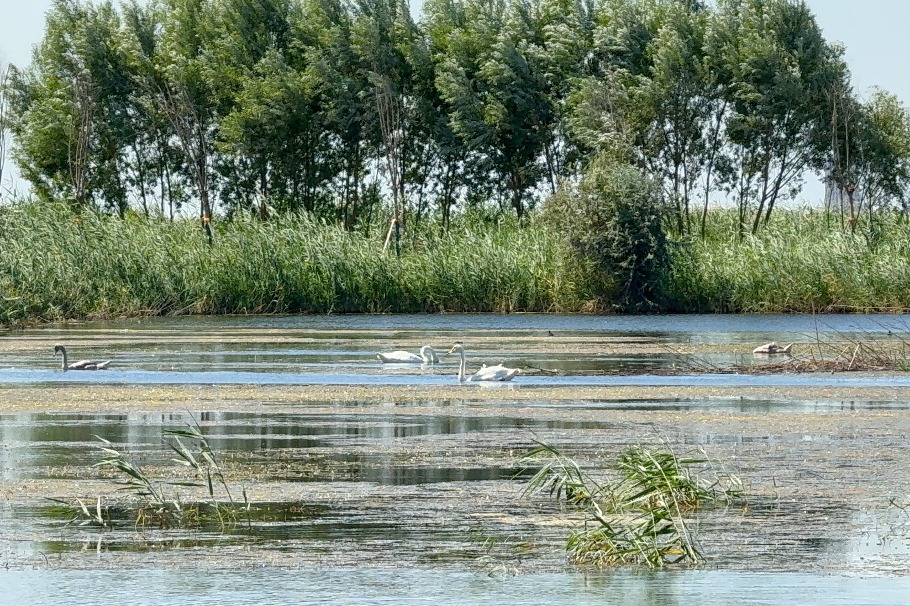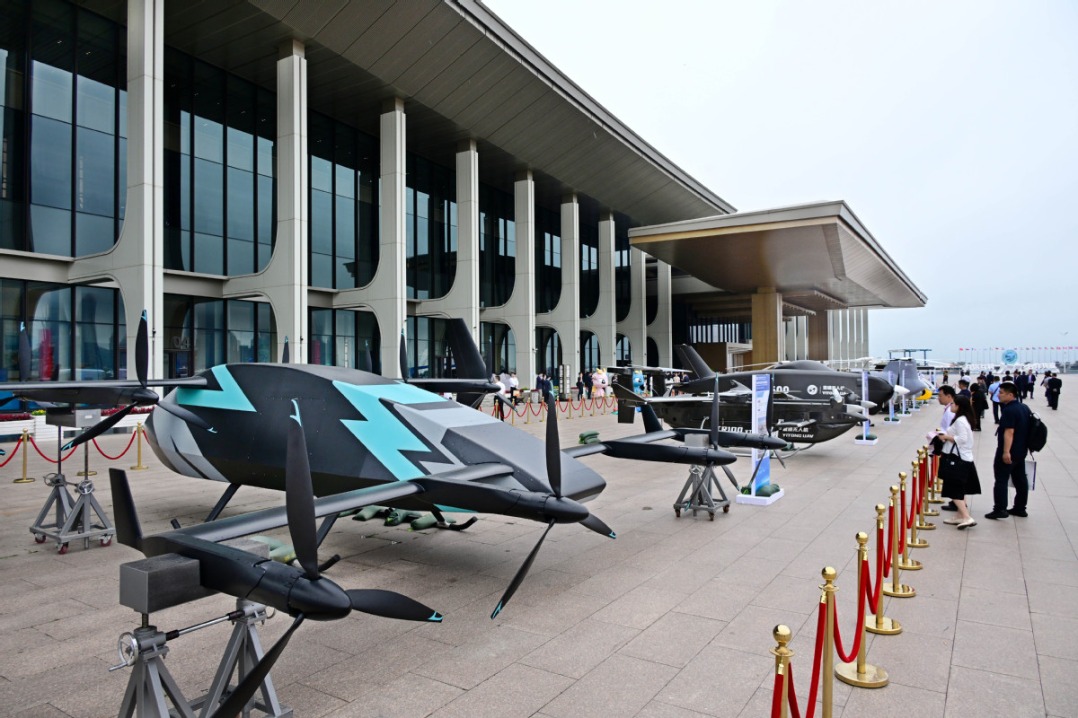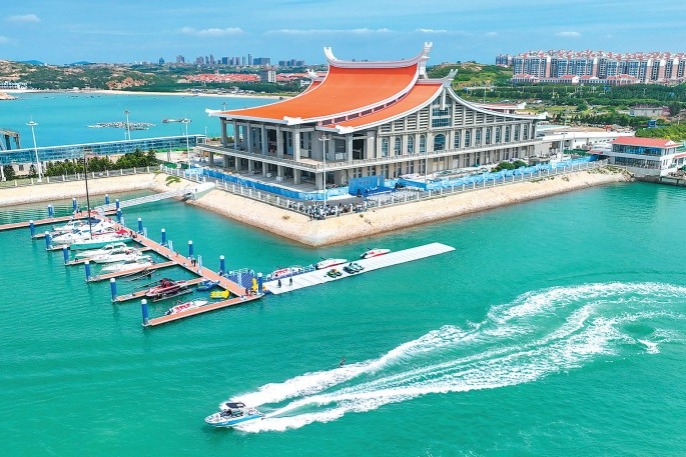Following the flow to prosperity
Wuxi's preservation of historic Grand Canal revives local traditions

As the world's longest artificial waterway, the Beijing-Hangzhou Grand Canal, with a total length of 1,794 kilometers, has made significant contributions to the socioeconomic and cultural development in China's north and south.
With a history of more than 2,500 years, it has nurtured many prosperous cities and towns along its banks. The section of the ancient canal in Wuxi, Jiangsu province, holds a particularly important and unique position in the history of its development.
The city itself was born along the canal, and so in recent years, the local government has emphasized the canal's protection, inheritance and the utilization of its cultural heritage.
The Wuxi government has been actively promoting canal management, cultural heritage preservation and restoration. The areas on both sides of the Grand Canal in the city have been transformed into a splendid cultural belt. The once neglected and polluted canal has now become an area dotted with tourist attractions. Walking along the banks of the canal, visitors can admire the well-restored ancient buildings, bridges and waterfront pavilions, many of them reminders of the city's rich history and heritage.
The conservation efforts have also led to the revival of traditional industries and crafts that were once closely associated with the canal. Local artisans and craftsmen have rediscovered and revived traditional techniques and skills. Tourists can witness the craftsmanship in areas such as pottery, silk weaving and traditional boat making.

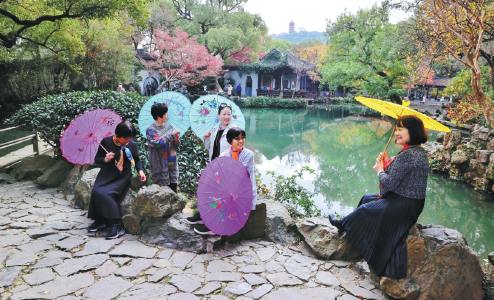
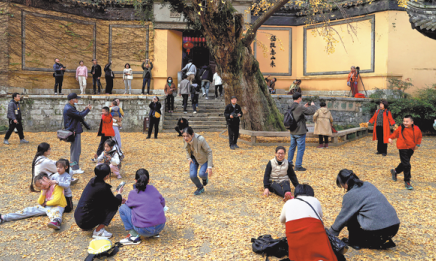

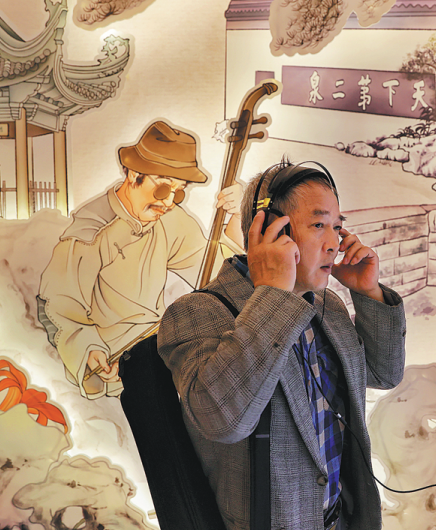

Today's Top News
- Exemplary vision drives development
- Lasting bond honors Flying Tigers legacy
- Monetary easing to persist in near term
- Trump, Zelensky, European leaders hold multilateral talks
- China firmly reaffirms sovereignty over Taiwan
- A-share market surges past 100 trillion yuan milestone





















